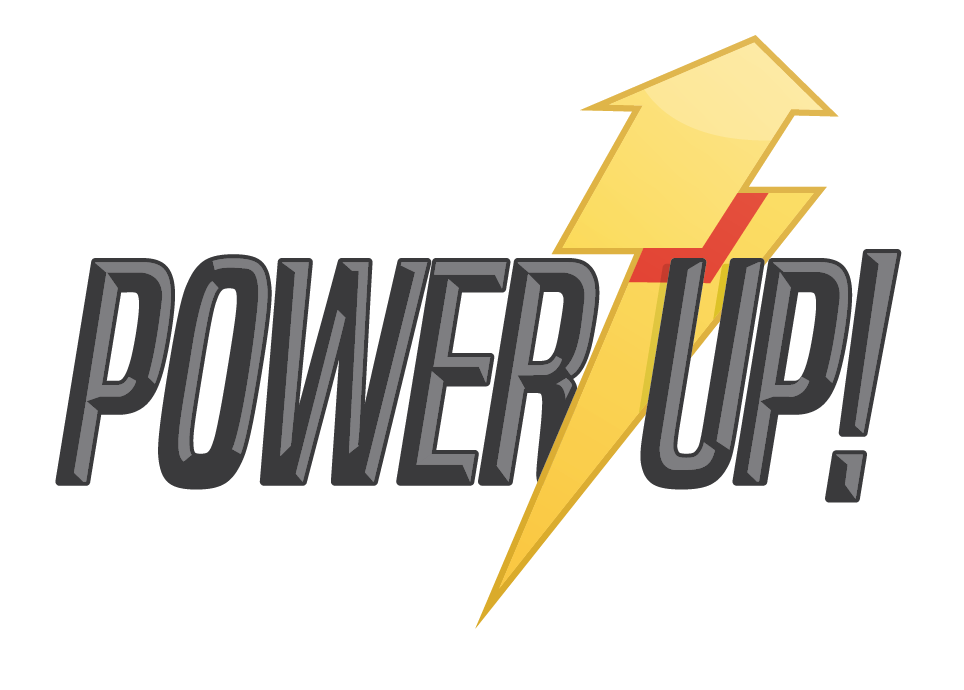It’s easy to forget that even giants like The Legend of Zelda and Pokémon have awkward, experimental teenage years. On this day—April 7—in 2005, Australian players were gifted a trifecta of Nintendo oddities: Zelda: The Minish Cap on Game Boy Advance, Zelda: Four Swords Adventures on GameCube, and Pokémon Dash on the then-nascent Nintendo DS. Not blockbusters by commercial measures, each of these titles nonetheless marks a pivotal moment in their respective franchises—a blend of innovation, friction, and charm that still echoes in their descendants.
Zelda: The Minish Cap (GBA, 2005) – A Tiny Masterpiece with a Big Legacy
Capcom’s secret Zelda is one of the series’ most underrated entries. The Minish Cap, developed by Flagship under Capcom’s umbrella and supervised by Nintendo, was the third and final installment in the Four Swords sub-series, acting as a prequel to the entire Zelda timeline as we understood it back then. And in many ways, it played like a handheld A Link to the Past—but with a twist that still holds up beautifully.

Shrinking the Formula
The Minish mechanic—allowing Link to shrink down to microscopic size using the titular cap, Ezlo—is where the game sings. Suddenly, puddles become lakes, bugs become bosses, and the overworld transforms into a layered microcosm. It encouraged a more observant style of play, and it made even the safest environments feel dangerous again.
Visual Brilliance
GBA’s top-down pixel art never looked more alive. With Miyamoto’s team consulting, Capcom took the visual playbook of A Link to the Past and evolved it with richer animations, lush colors, and cinematic flair. IGN’s Craig Harris gave it an 8.9/10, praising its “inventive dungeons and puzzle design” and calling it a return to form for handheld Zelda.
Behind the Curtain
The Minish Cap was built using the same engine as Four Swords and Four Swords Adventures, but with a more narrative-driven approach. Ezlo, your talking cap companion, was one of the first non-Navis to deliver exposition with genuine wit and personality—a trope we’d later see honed with Midna in Twilight Princess.
Memorable Moments
At the Hyrule Town bakery, fusing Kinstones with random townsfolk could sometimes unlock secret rooms or passages that changed other areas of the world—creating an early prototype of the “living world” mechanic that Breath of the Wild would later expand upon.
📜 Connoisseur Cheat Sheet
- Mechanics: Size-based puzzle design, Kinstone fusion for semi-randomized secrets
- Inspiration: Influenced A Link Between Worlds and elements of Tears of the Kingdom
- Notable Legacy: Final 2D Zelda developed externally before Nintendo brought the series back in-house
Where To Play It Today
- Nintendo Switch Online (Expansion Pack) – Available through the GBA catalog
- eBay AU: Search “Zelda Minish Cap GBA”
Zelda: Four Swords Adventures (GC, 2005) – The Zelda You Needed Mates For
An experimental multiplayer outing that required a tangle of Game Boy Advance cables and a room full of patient friends, Four Swords Adventures is one of the most ambitious yet underplayed titles in the Zelda pantheon.

Single-Player at a Cost
While the game could technically be played solo, the real experience lay in coordinating with up to three other players, each with their own GBA connected to the GameCube. It was as much a party game as a dungeon crawler, relying on real-world communication, timing, and cooperation.
IGN’s Peer Schneider gave it an 8.0/10, noting the lack of freedom compared to traditional Zeldas but praising its co-op creativity. “It doesn’t try to be epic—it tries to be fun. And with friends, it often is.”
The Art of Shared Chaos
Using a modified version of the A Link to the Past engine, the game merged side-scrolling segments, verticality, and simultaneous on-screen/off-screen play through the GBA interface. Every player saw their own screen inside houses or caves while the group worked together on the main TV overworld.
Behind the Scenes
Nintendo’s interest in linking consoles with handhelds dated back to the N64-DD. Four Swords Adventures was a test bed for what would eventually evolve into asynchronous multiplayer seen in Nintendo Land and even Super Mario Party.
Easter Egg Alert
If all four players light all the torches in the Death Mountain stage in under two minutes, a secret room opens up with a hidden puzzle referencing Zelda II: The Adventure of Link. It’s a callback that only the oldest fans ever caught.
📜 Connoisseur Cheat Sheet
- – Mechanics: Hybrid TV/GBA display, multi-character puzzle solving, score-based competition
- – Inspiration: Spiritual predecessor to Triforce Heroes
- – Barrier: Required proprietary hardware; rarely emulated properly
Where To Play It Today
- eBay AU Only: Search “Four Swords Adventures GameCube”
Pokémon Dash (DS, 2005) – Gotta Go Fast (But Maybe Don’t)
Easily the oddest duck in the flock, Pokémon Dash marked Pikachu’s first solo title on the Nintendo DS. A racing game where players used the stylus to frantically guide Pikachu across terrain and into balloons, the game had novelty, but little staying power. Personally, I got Dash and remember being fascinated for about an hour—and then having to ice my wrist. But as a curiosity? It was unforgettable. It showed Nintendo was willing to get weird with their biggest franchise—and that’s worth something.

Stylus Sprinting
Using the touchscreen to rapidly “scratch” your way through courses sounded fun in theory. In practice, it was exhausting. Races were often determined more by stamina than strategy, making Dash feel more like a tech demo than a fully-formed game.
IGN’s Craig Harris (again) gave it a 5.0/10, writing: “Pokémon Dash tries something new, but it’s far too shallow and repetitive.” A fair call, though younger players found joy in the sheer absurdity.
Trivia Tidbit
If a GBA Pokémon game (like FireRed) was inserted into the DS’s GBA slot, Dash would generate racetracks shaped like the Pokémon in your save file—a clever, if underutilized, touch of cross-generational integration.
Easter Egg
Hidden among the racetracks is one shaped like MissingNo—Pokémon’s infamous glitch—although Nintendo never officially acknowledged this. Some fans insist it was a nod; others say it was random data generation. The myth lives on.
📜 Connoisseur Cheat Sheet
- – Mechanics: Stylus-based track racing, balloon flight transitions
- – Unique Feature: DS-GBA cross-functionality generating dynamic courses
- – Legacy: Paved the way (however clumsily) for genre experimentation in Pokémon Rumble and Pokémon Unite
Where To Play It Today
- eBay AU Only: Search “Pokémon Dash DS”





